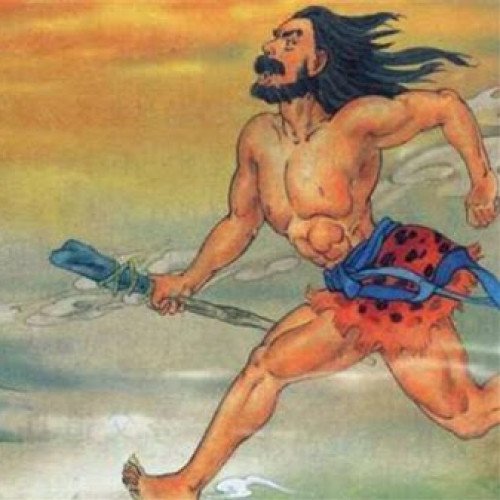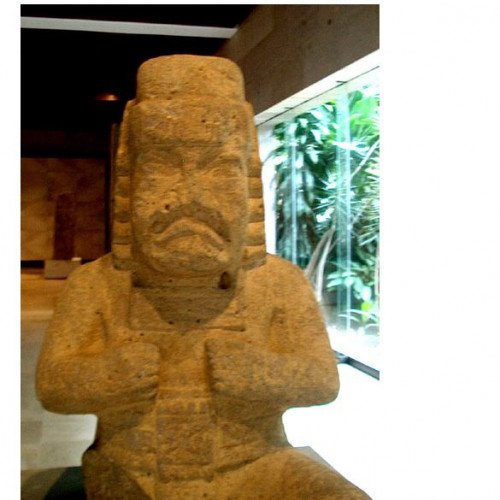Kuafu vs Werejaguar

Kuafu
Kuafu (Chinese: 夸父; pinyin: Kuāfù; Wade–Giles: K'ua-fu) is a giant in Chinese mythology who wished to capture the Sun. He was a grandson of Houtu.
Statistics for this Xoptio

Werejaguar
The were-jaguar was both an Olmec motif and a supernatural entity, perhaps a deity. The were-jaguar motif is characterized by almond-shaped eyes, a downturned open mouth, and a cleft head. It appears widely in the Olmec archaeological record, and in many cases, under the principle of pars pro toto, the were-jaguar motif represents the were-jaguar supernatural. The were-jaguar supernatural incorporates the were-jaguar motif as well as other features, although various academics define the were-jaguar supernatural differently. The were-jaguar supernatural was once considered to be the primary deity of the Olmec culture but is now thought to be only one of many.Originally, many scholars believed that the were-jaguar was tied to a myth concerning a copulation between a jaguar and a woman. Although this hypothesis is still recognized as viable by many researchers, other explanations for the were-jaguar motif have since been put forward, several questioning whether the motif actually represents a jaguar at all. The term is derived from Old English were, meaning "man", and jaguar, a large member of the cat family in the Olmec heartland, on analogy with werewolf.